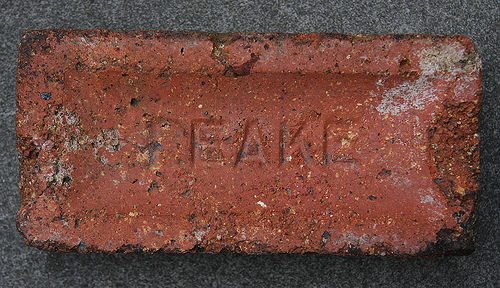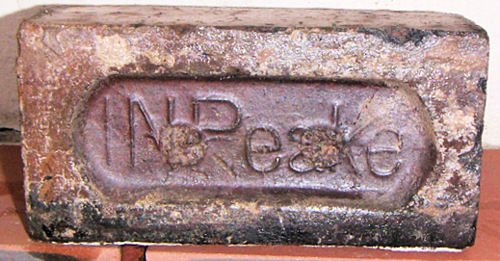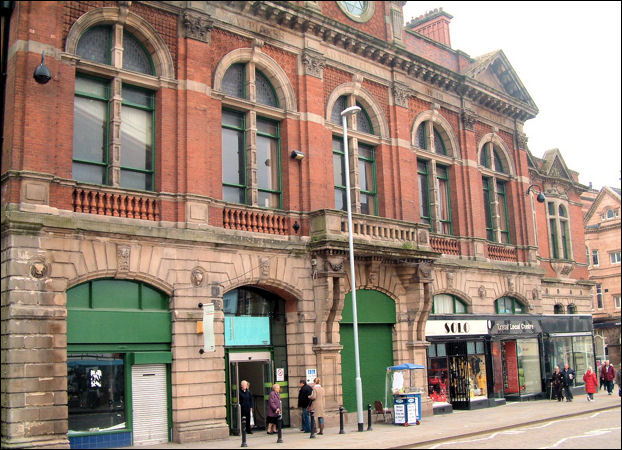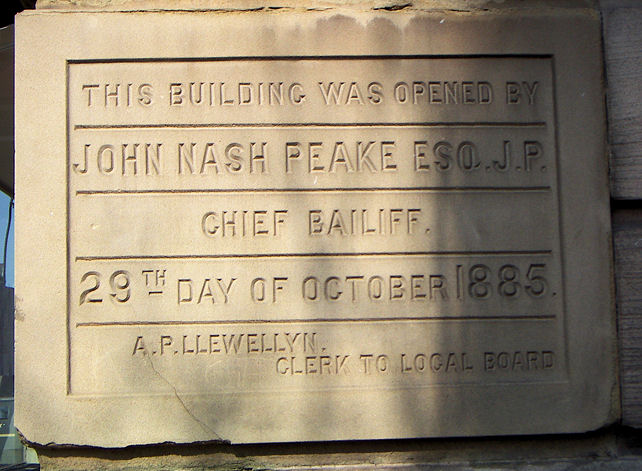|
Tunstall was a centre
for brick and tile manufacture, and in 1858 it was claimed that at The
Tileries there, owned by Thomas Peake, bricks and tiles had been produced
for nearly two centuries.
By 1817 Tunstall was noted
for its manufacturer of 'a superior kind of blue tile'. Staffordshire blue
bricks were also made and used in paving the side-walks of the newly laid
out streets.
By the late 1820's Thomas
Peak in Watergate Street and Robert Shufflebotham at Clayhills were making
bricks and tiles.
By 1834 there were 5 manufacturers in the area.
Peake's works were the largest and used steam-driven engines for crushing
and preparing the clay.
Thomas Peake's son John
Nash Peake (b.1837 d.1905) succeeded his father in 1861 - by the time of
his death in 1905 he had doubled the size of the works and with 35 ovens
and kilns were one of the largest manufacturers in the country.
John Nash Peake was a
noted public figure and, for many years, was the leader of the Liberal
Party in North Staffordshire.
There is a street in the clayhills area of Tunstall named 'Nash Peake
Street'

photo courtesy of
'Tarboat -Flickr'


J N Peake
photo: Ken
Perkins
These
bricks were reclaimed during the demolition in 2008 of Bennett Street in
Middleport area of Burslem. These houses dated back to 1875.

Tunstall Town Hall

Date stone - opening of
tunstall Town Hall in 1885 by John Nash Peake
In 1858 it had an estimated annual output
of 1.5 million paving bricks and 700,000 ordinary bricks.
In 1841 an ovenman employed at The
Tileries gave an account of the organisation of the works to a
representative of a Commission looking into child employment:-
The works was made up
of 8 brickyards and employed between 85 and 100 men with an unspecified
number of young children. The key figure was the ovenman himself, who
had under him, and paid, gangs of boys and girls. He also paid the
moulder, who in turn employed one man (the temperer) and one or two boys
to hand him the clay and to carry the unfired bricks to the flats to
dry. Some boys were required to stay up all night at the ovens to stoke
the fires, their only shelter being a small shed containing bedding
straw. Oven work and clay work were done outdoors, only moulding carried
on under cover. In claiming that the work was healthy, the ovenman
asserted that he preferred it 'a good deal to being pent up in the
pot-works'
A 1951
directory records over 30 brick and tilemakers in the Potteries, but these
were probably of no great size apart from Peakes Tileries.
|